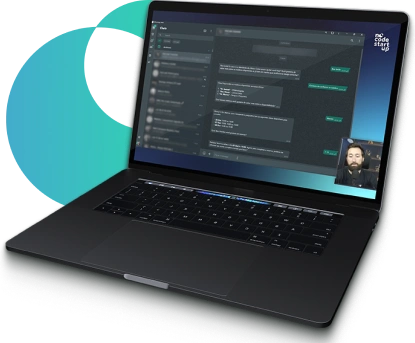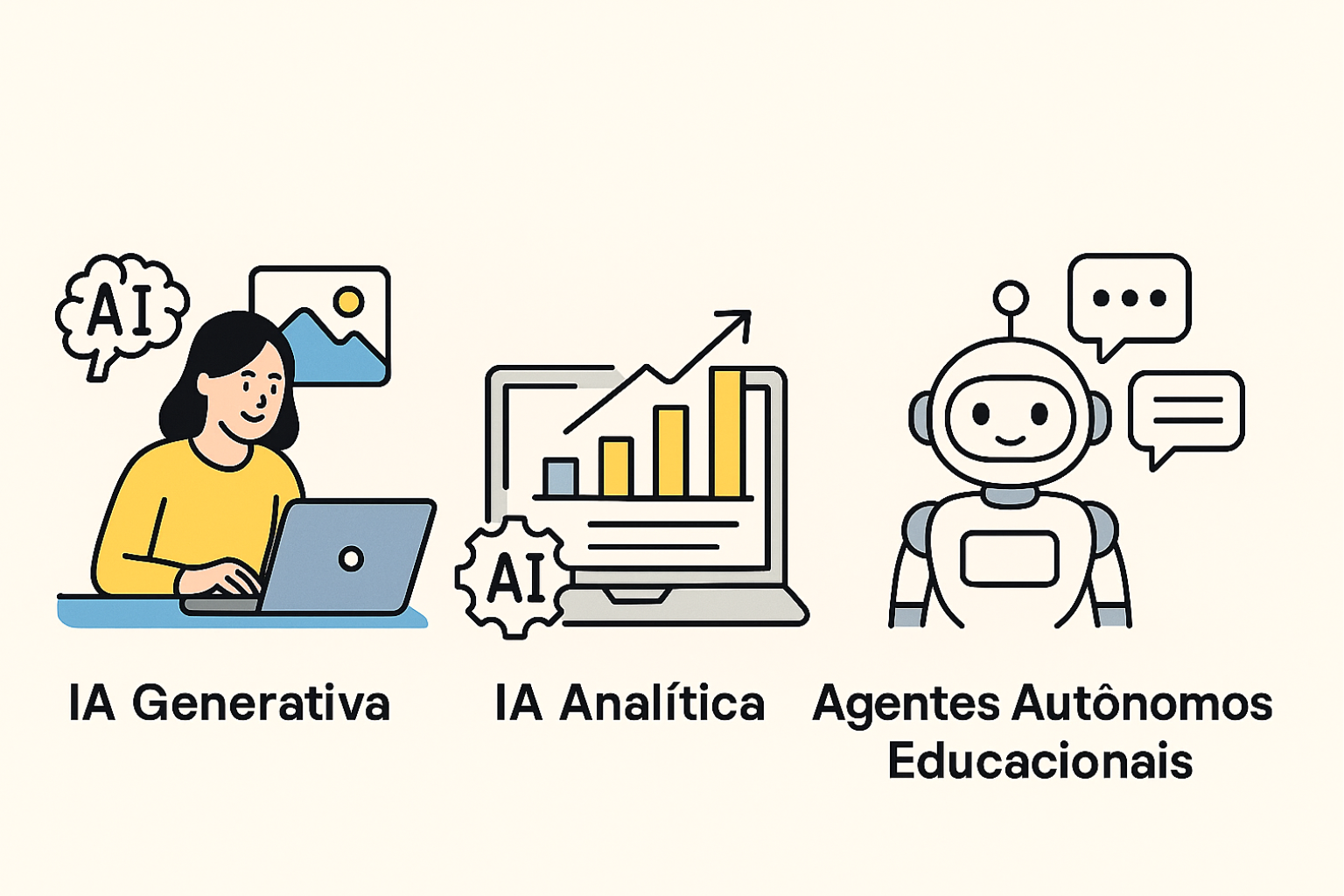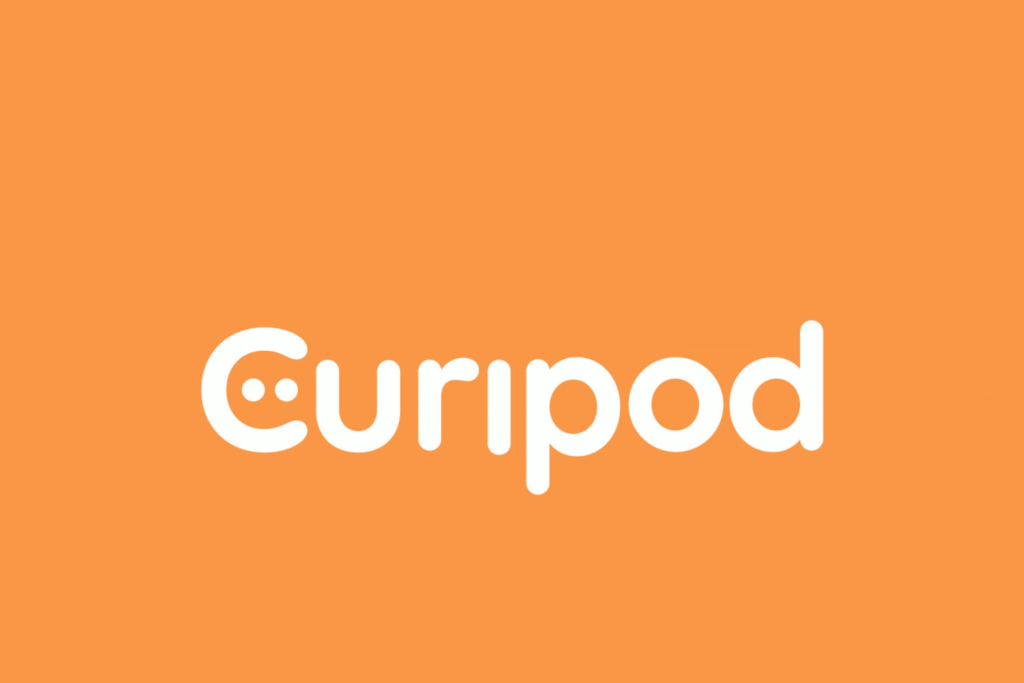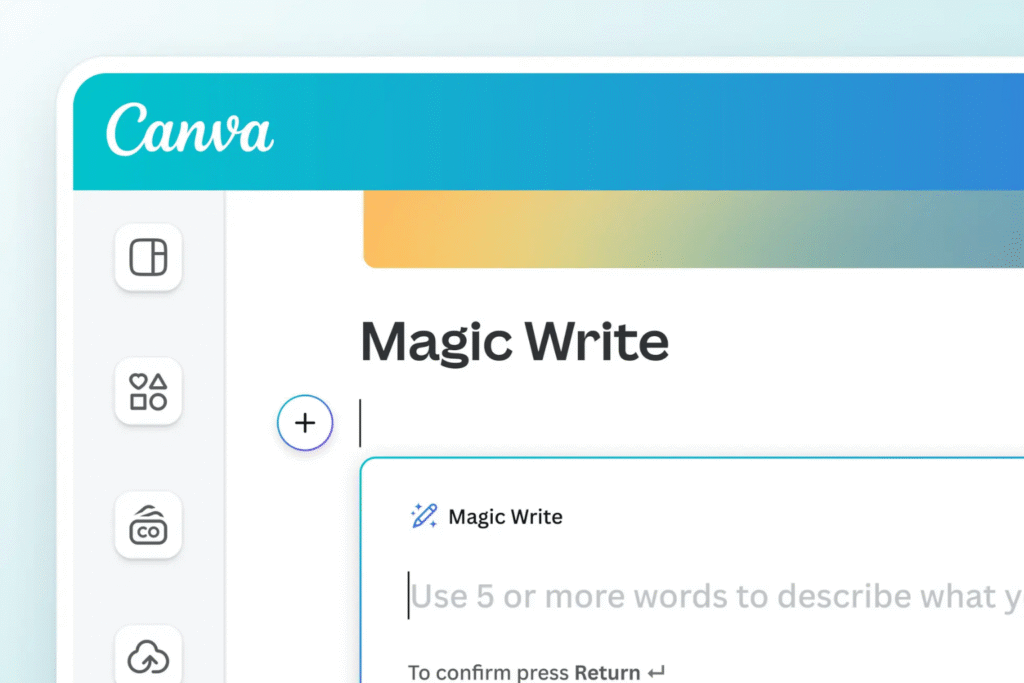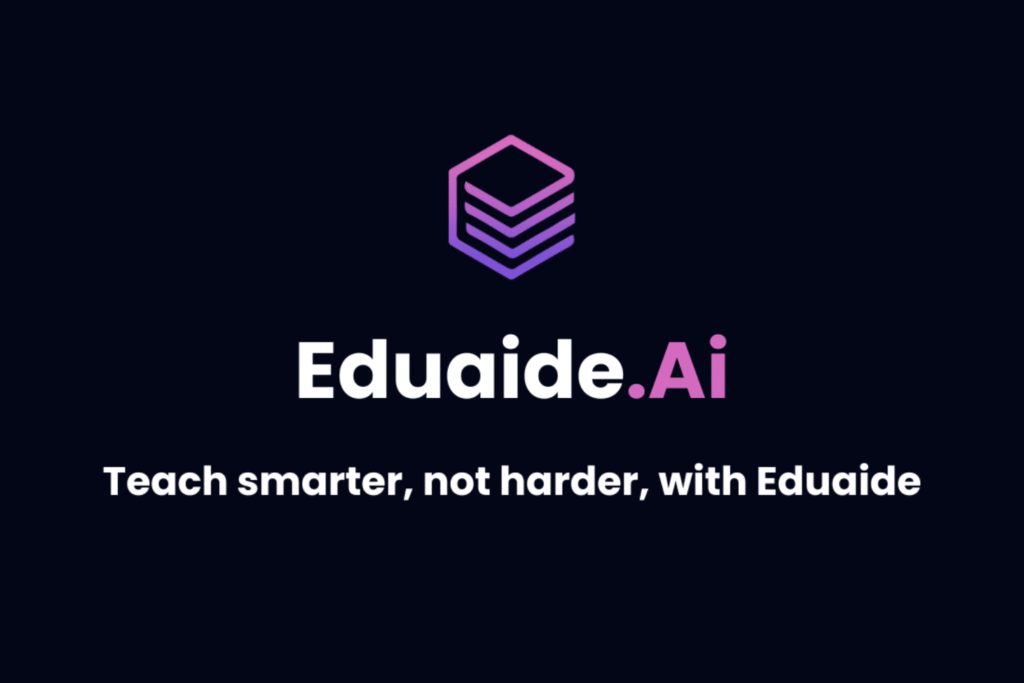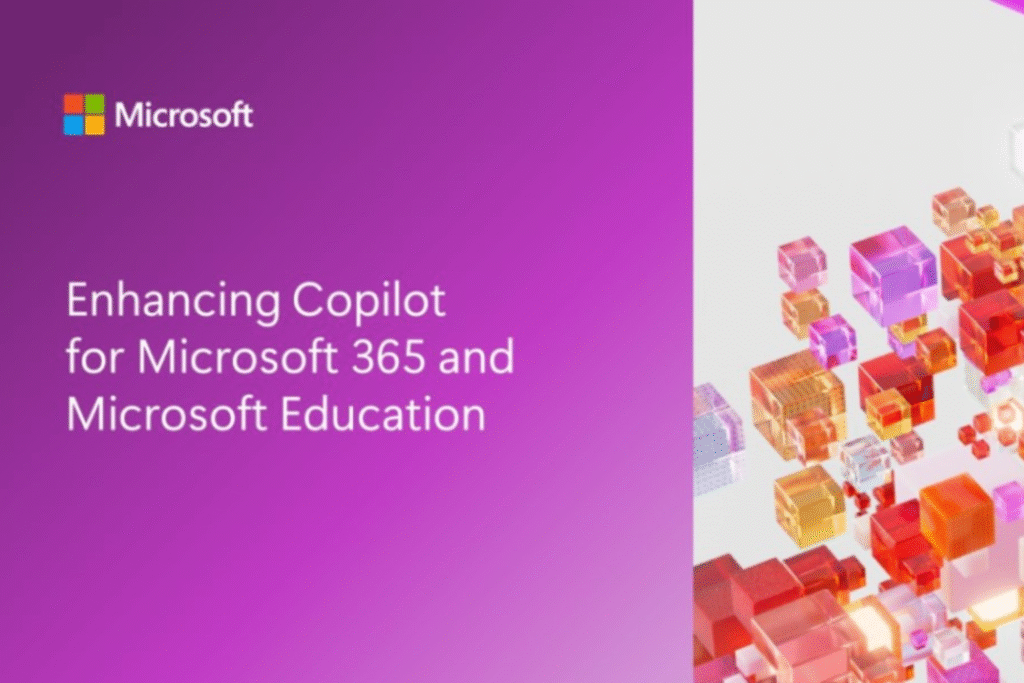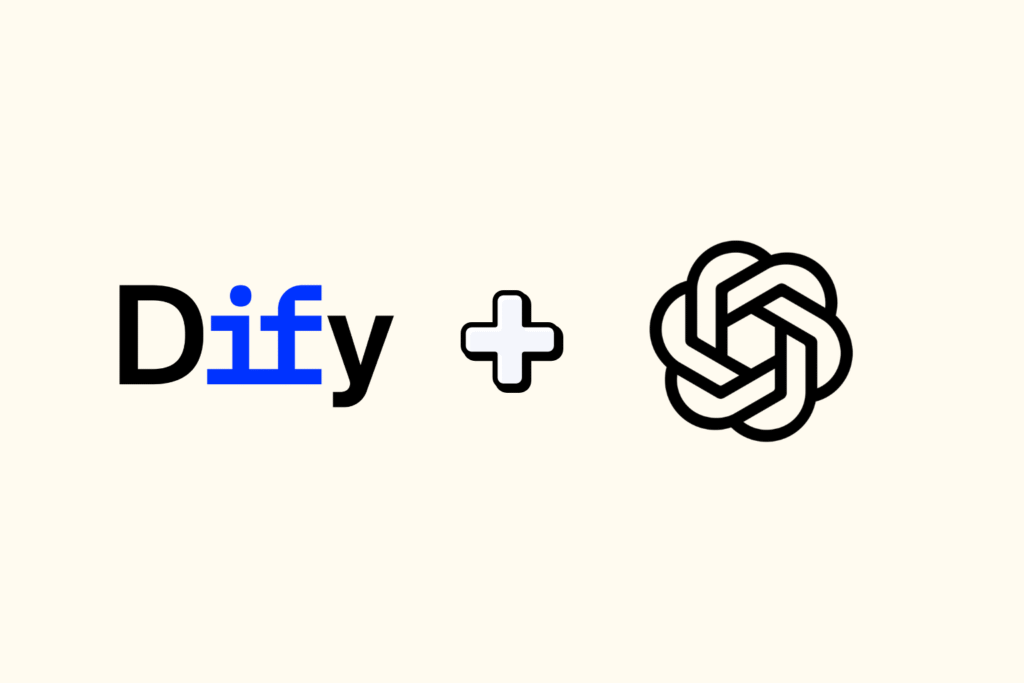Estimated reading time: 7 minutes
The technology area is one of the fastest growing in the world, especially in Brazil, so the demand for trained people has grown, making people look for programming courses.
Almost everything around us is connected to some technology, since it has been increasingly used to make people's lives easier, therefore, it has been an area that has paid its professionals very well.
If you want to start your journey in the world of technology, this article is ideal for you, we will show you 6 short and long-term programming courses that will help you in your professional development and help you enter the market.
Table of Contents
4 Programming courses – short duration
In this topic, we are going to discuss short-term programming courses, suitable for beginners in the subject. Let's go!
1. Python Academy
Our first indication of programming courses is that of Python Academy, ideal for beginners in the subject through pre-recorded video classes lasting from 10 to 25 minutes, with exercises at the end of each class to help fixation.
Support is offered to the student throughout the course, with lifetime access to the content, in addition to offering a Certificate of Completion Recognized by the MEC, with a workload of 16 hours.
In addition to the modules teaching about programming in the Python language, the course provides an e-book to help the student to increase their LinkedIn to enter the market more easily.
2. Programming for Dummies and Computers from Basic to Advanced (Udemy)
The second indication of programming courses is carried out through the platform called Udemy, approaching Programming for Dummies and Computing from Basic to Advanced.
This course also allows lifetime access to the content by its student, with an 18-hour course completion certificate, providing the user with 83 video-lessons
The classes will address topics such as Windows, Linux and Mac operating systems; Python and Java programming language, as well as Web programming fundamentals like HTML, CSS, and JavaScript, and more.
3. Complete C and C++ Language Course – Beginner to Advanced (Udemy)
Another indication for beginners is the Complete Language Course C and C++ - Beginner to Advanced, available on the Udemy platform with a workload of 20 hours and with a certificate of completion.
This course contains 239 classes of varying lengths, 80 articles for your students to help with their study, also allowing lifetime access to its content.
During the classes, the student will learn from the beginning data structures, game creation through the C language, and at the end he will give access to an extra course called "Agile Project Management" that will help you to stand out in the market.
4. Data Structure and Algorithms in Python: The Complete Guide (Udemy)
The fourth tip of our programming courses addresses the Python language called Data Structure and Algorithms in Python: The Complete Guide, being accessed through the Udemy platform.
Like the others, it also has a 22-hour course completion certificate, having 175 classes and lifetime access to its users, however, this study requires you to have a little knowledge about programming.
It will cover the structure of the data, helping you to understand how it works and its essentiality to guarantee the efficiency of the algorithms, whether in terms of execution time or performance.
2 Long term course
In this topic, we are going to indicate 2 long-term programming courses, indicated for those who really need to invest in this area.
1. Fullstack Master Pack (Danki Code)
The programming course called Package Fullstack Master It is ideal for people looking for a more in-depth knowledge of programming, since the course load is more than 400 hours.
The course is complete and has more than 2500 (two thousand and five hundred) classes that will teach you from simple to advanced and in several programming languages such as:
- React;
- Python;
- Php;
- Nodes and others.
2. Front End Courses (Alura)
The Alura platform provides numerous programming courses to its users called “front end” with different workloads and on numerous subjects, leaving it up to the student to choose the ideal one for their objective.
All courses provided by Cursos Front End total more than 500 hours of workload covering various subjects such as:
- HTML and CSS;
- JavaScript;
- Front End Automation;
- Frameworks and much more.
Now that you already know 6 short and long term programming courses on numerous subjects related to information technology, you just need to discover the ideal one for your purpose and start your journey in this market.
Do I need to learn programming language to be a developer?
Learning a programming language is the best known and most traditional way to become a developer, but what if we told you that there are alternatives and that today to be a developer you don't necessarily need to know code.
This is thanks to the evolution of no-code tools, platforms that allow the development of practically anything without the need to write a single line of code.
I also dare to say that this can also be a good method to learn programming, since many concepts and good development practices will be needed to create your systems.
In addition, you can understand if what you are really looking for is to become a developer in fact or if your motivation is the development of businesses around the technologies created.
Due to the agility and greater ease of no-code compared to traditional development, you can create and validate business ideas faster and focus on problem solving rather than development itself.
If no-code caught your attention, I invite you to learn more about our content here at No-Code Start-Up, where we teach you how to develop profitable businesses without the use of code.

What are the best programming courses in Brazil?
The best programming courses in Brazil in 2025 include Academify's Python Course, highlighted for its excellent value for money, and Danki Code's Full Stack Package, recognized for its extensive course load and practical approach.
For those looking for innovative training without the need for coding, NoCode StartUp offers 8 complete training courses in NoCode and AI tools, being awarded for its educational excellence.
Furthermore, academic institutions such as IME-USP and CIn-UFPE continue to be references in higher education in the area of computing.
Do I need to know how to program to be a developer?
No, you don't need to know how to code to become a developer. With platforms like NoCode StartUp, you can create apps, softwares, and Artificial Intelligence solutions using visual and intuitive tools, without writing a single line of code.
This approach democratizes access to technological development, allowing anyone, regardless of their technical background, to innovate and undertake in the digital world.

